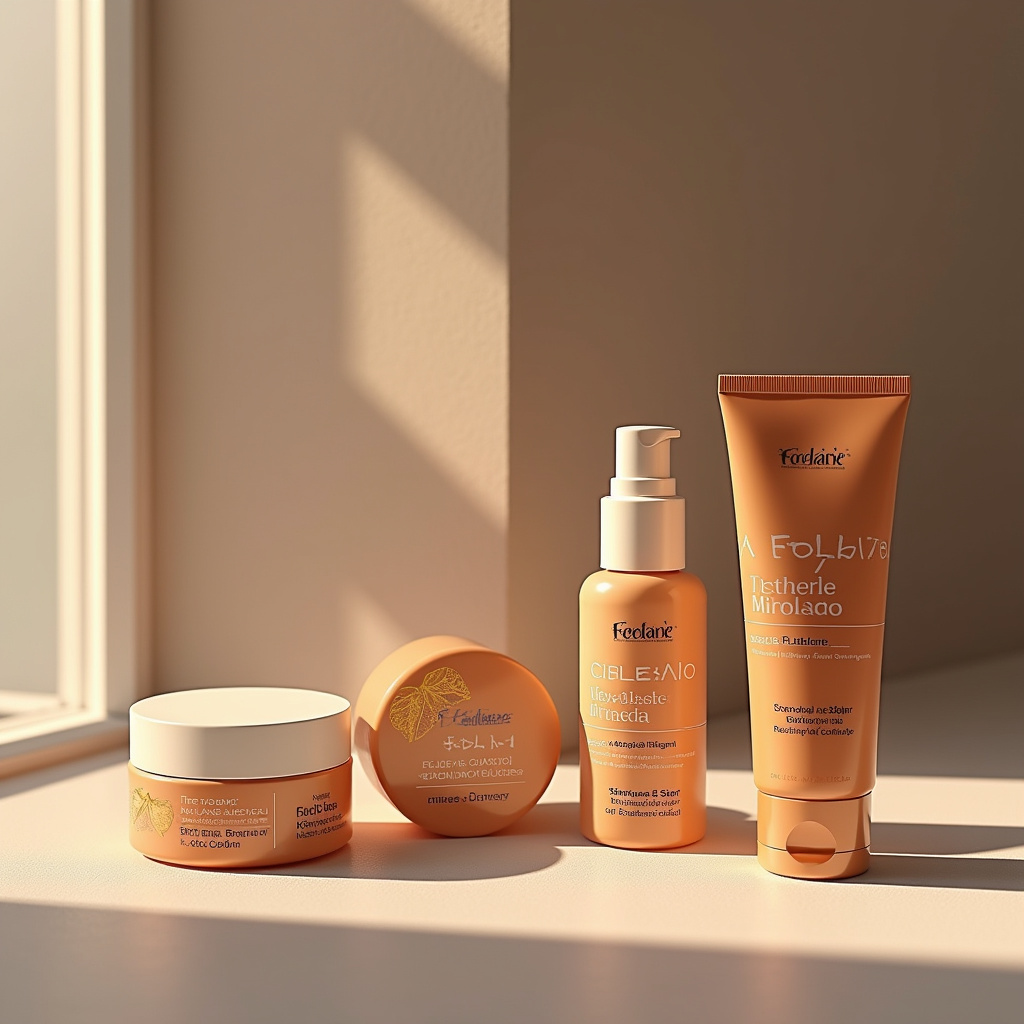Introduction to Ethical Beauty
In recent years, there has been a significant shift in the beauty industry towards ethical practices. Consumers are now more aware than ever of the impact their choices have on the environment and animal welfare. As a result, the demand for cruelty-free and sustainable cosmetics has surged. This article explores the rise of ethical beauty, the importance of choosing cruelty-free products, and how sustainable practices are reshaping the cosmetics landscape.
Understanding Cruelty-Free Cosmetics
Cruelty-free cosmetics refer to products that have not been tested on animals at any stage of their development. This movement began as animal rights advocates raised awareness about the suffering endured by animals in laboratories. Today, many brands proudly display cruelty-free certifications, allowing consumers to make informed choices.
- Common Certifications: Look for labels from organizations like Leaping Bunny or PETA, which ensure that products are cruelty-free.
- Consumer Awareness: With social media and online platforms, consumers are more educated about the brands they support and their testing practices.
The Importance of Sustainable Cosmetics
Sustainable cosmetics go beyond just being cruelty-free. They focus on environmentally friendly practices, including the sourcing of ingredients, packaging, and production methods. Here are some key aspects:
- Ingredient Sourcing: Sustainable brands prioritize natural, organic ingredients that are harvested responsibly without harming the ecosystem.
- Eco-Friendly Packaging: Many companies are moving towards biodegradable or recyclable packaging to reduce waste.
- Carbon Footprint: Sustainable brands often work to minimize their carbon footprint by using renewable energy sources and efficient production methods.
Benefits of Choosing Ethical Beauty Products
Choosing cruelty-free and sustainable cosmetics not only benefits animals and the planet but also offers advantages for consumers:
- Healthier Choices: Many ethical brands use fewer chemicals and synthetic ingredients, leading to healthier products for the skin.
- Informed Consumerism: Supporting ethical brands encourages transparency and accountability in the beauty industry.
- Community Support: Purchasing from ethical brands often means supporting small businesses and local communities.
The Challenges Ahead
Despite the positive trend towards ethical beauty, challenges remain. Not all brands are completely transparent, and some may use misleading marketing tactics. Consumers must remain vigilant and do their research to ensure they are truly supporting ethical practices. Additionally, the price point for sustainable and cruelty-free products can be higher, which may limit accessibility for some consumers.
How to Make Ethical Choices in Beauty
Making the switch to ethical beauty can feel overwhelming, but it doesn’t have to be. Here are some simple steps to start:
- Research Brands: Look for brands that align with your values and are certified cruelty-free and sustainable.
- Start Small: Begin by replacing a few products in your routine with ethical options. Gradually make the switch as you discover new brands.
- Spread the Word: Educate friends and family about the importance of ethical beauty and share your favorite brands with them.
Conclusion
The rise of cruelty-free and sustainable cosmetics represents a significant change in the beauty industry. By making informed choices, consumers can support brands that prioritize animal welfare and environmental sustainability. As you explore the world of ethical beauty, remember that every small change contributes to a larger movement towards a more compassionate and sustainable future.




